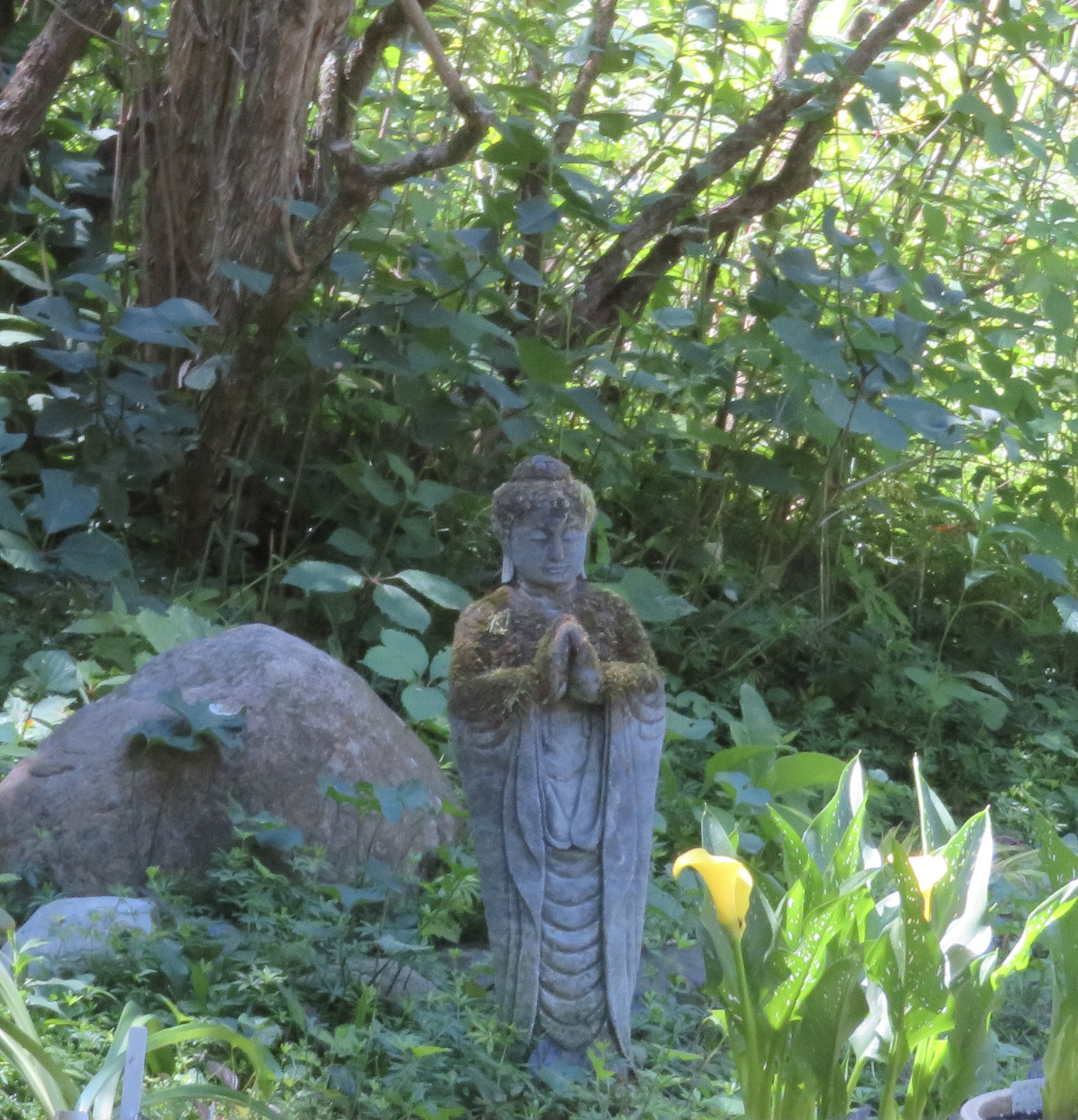Today was a tough day. My body hurt in so many places and for reasons that are beyond my knowing. And the daily news is so mixed, the horrible mixed with the beautiful. Yet…
Even on days like today, we can read, hear, or see something that takes us someplace totally unanticipated, to a mind-state, or a universe so alive, so conscious, that moments which once seemed painful, tired, or sad are transformed into something wonderful we embrace with all our being.
I’m reading a book called Hunger Mountain: A Field Guide to Mind and Landscape, by the poet and translator of Chinese literature, David Hinton. And I feel this. I’ve felt this in other books by Hinton, and books by other poets, and philosophers, historians, meditators, travelers, and psychologists. I’ve felt this with certain people, animals, and places.
Books have forever been a way to inform, challenge, and inspire us, to understand what before was incomprehensible. They allow a depth of examination that other formats don’t. For me, the internet, tv, social media all favor little sound or information bites that keep us more focused on the surface of things.
But the words in books like Hinton’s are spirit-music. When we read them, if we’re open to them, if we can inhabit them so we walk as the inhabitants in the books walked, we create something never seen before, yet ancient. The very air breathes us, speaks the words with us.
Hinton says, “Things are themselves only as they belong to something more than themselves: I to we, we to earth, earth to planets and stars…” We recognize ourselves and become truly ourselves only with others, in whatever place, time, and universe we are in.
The first chapter is called ‘sincerity.’ Hinton says the Chinese character for sincerity depicts a side view of a person walking or standing next to words rising out of a mouth. A lie attempts to hide the truth from others, but usually hides the universe and others from ourselves. This creates an inner tension. If we’re sincere, our thoughts are the same as the words we speak; all of what happens supposedly “outside,” in language, mountain, and sky, opens inside. And what we say unites us with where we are and who we’re with; it reveals to us that, in fact, we’re the universe itself speaking.
Sincerity raises us like a parent’s love, one that is absolute, yet clear seeing and adapting. We each have different loves, different doorways to the mysterious. Everything provides such a doorway if we can find it. Sincerity is the sign that marks the door.
When I was teaching secondary school literature, philosophy, or history, the students and I talked about finding that doorway. Children, especially teenagers, are not shy about calling out insincerity and respect the care and trust expressed by sincerity. For example, poetry can often be so difficult to comprehend. But when we read a poem with full attention, a word, phrase, or image would stand out, but which word or image did that was different for different students. And once we realized the door was there, we could feel or question our way in deeper….
*To read the whole article, please go to The Good Men Project.




